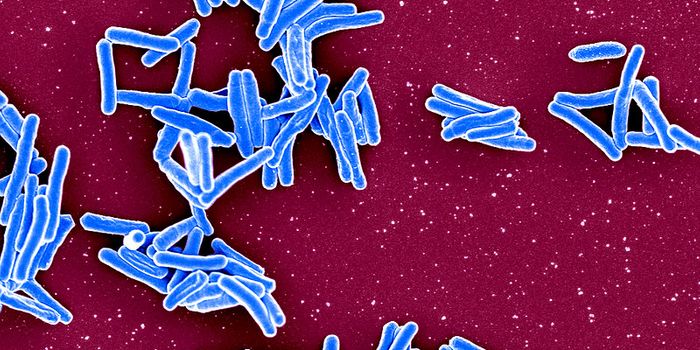Handheld ultrasound device for pain management
The National Institutes of Health is currently hosting a program searching for new medical devices that could help treat and diagnose a range of health conditions, both physical and psychological. The program, called Blueprint MedTech, which is part of the NIH’s Blueprint for Neuroscience Research program, was accepting applications for funding to study promising new device candidates.
One of the seven finalists selected for a $100,000 funding award was a device developed by researchers at Florida Atlantic University’s Schmidt College of Medicine and Albany Medical College. The device offers a new way to treat neuropathic pain. The funding, in addition to access to specialists with expertise in medical device development, will give researchers the opportunity to conduct pilot studies of their device.
The device in question was designed to offer a non-invasive approach to treating pain, while also eliminating the need for traditional pain medications like opioids, which are known to be addictive. It uses ultrasound technology to deliver neuropathic pain relief. Neuropathic pain refers to pain caused by any damage to important nerves that connect the brain and spine to other parts of the body. Unfortunately, neuropathic pain has historically been difficult to treat, even with conventional treatment approaches. People can become addicted to medications like opioids, and some patients also develop resistant to opioids or other options like steroids, leaving them in pain. Researchers are hoping to change that.
Using ultrasound technology, researchers direct this ultrasound energy towards the dorsal root ganglia, one of the roots of important nerves that send information about pain throughout the body. By targeting the dorsal root ganglia, researchers hope to interfere with these pain signals and reduce pain in people.
Previous work studying and modeling their ultrasound device has showed promising results. For example, researchers have been able to reduce pain signals in several different models, including across species and sexes. This, hopefully, will allow researchers to design a device that can accommodate different anatomies, physiologies, and more, allowing for precise treatment of pain.
Sources: Eurekalert!; NIH








